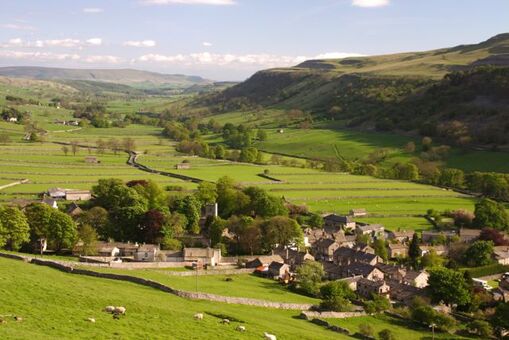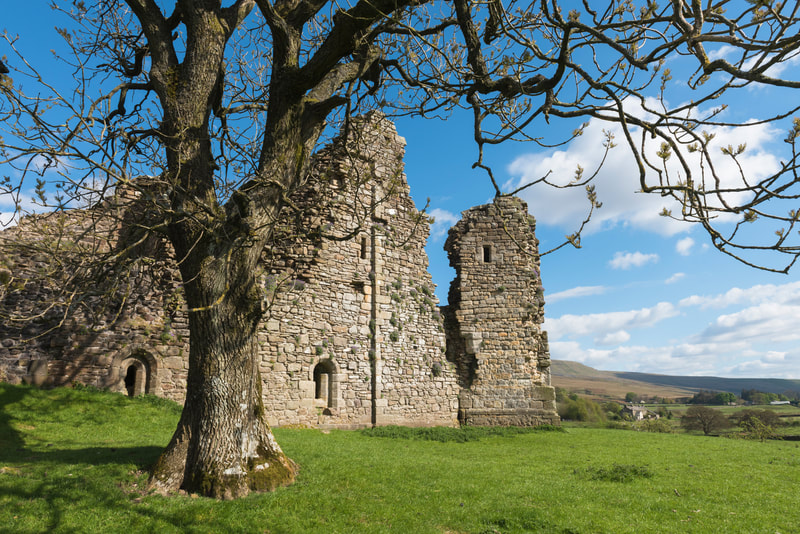 Image by Guy Carpenter
Image by Guy Carpenter For much of the year you might not really notice it, and then it suddenly blooms and the whole landscape changes colour and feel. It’s a very hardy, wind-resistant plant so thrives on the open moorland, often living over 20 years, where nothing much else survives.
The first heather to bloom, around the end of July, is bell heather.
Most of the common heather you’ll see in the Yorkshire Dales is ling, flowering between August and September. The flowers grow on a dwarf shrub, often interspersed with bilberries. Look closer at the dry wriggly stems and they might remind you of something? They were once used to make witches' brooms or besoms. Ling was also used in the Dales to thatch roofs.
Heather is often considered a lucky charm. This idea came about when Queen Victoria's servant Mr. Brown spotted a piece of white heather and gave it to her for good luck. White heather is less common and is associated with stories of battle victories so that may account for its popularity. In Scotland heather has been used for centuries to make ale and other drinks. Heather tea is reputed to be good for coughs and soothing nerves. Heather's other uses include making a yellow dye. The dry stalks can be twisted together to create a sort of rope which doesn't deteriorate in sea water. It was once used to make primitive mattresses.
Nowadays honey from bees kept close to the heather-clad moorland is highly prized. Heather is also an important habitat for grouse and useful nest sites for ground-nesting birds.
Over time the heather becomes quite woody with fewer flowers. Every winter fire brigades receive call outs telling them the moor is on fire. Usually this is because gamekeepers burn small patches of older, stick heather to rejuvenate it, causing new green shoots to grow. The fires are supposed to only be lit when there are no nesting birds and when the soil is wet so the fires can be controlled. This is why you might have seen patches of moor that look like a patchwork quilt as they’re burnt in rotation. The new green shoots are also welcomed by sheep and other animals.





































 RSS Feed
RSS Feed
